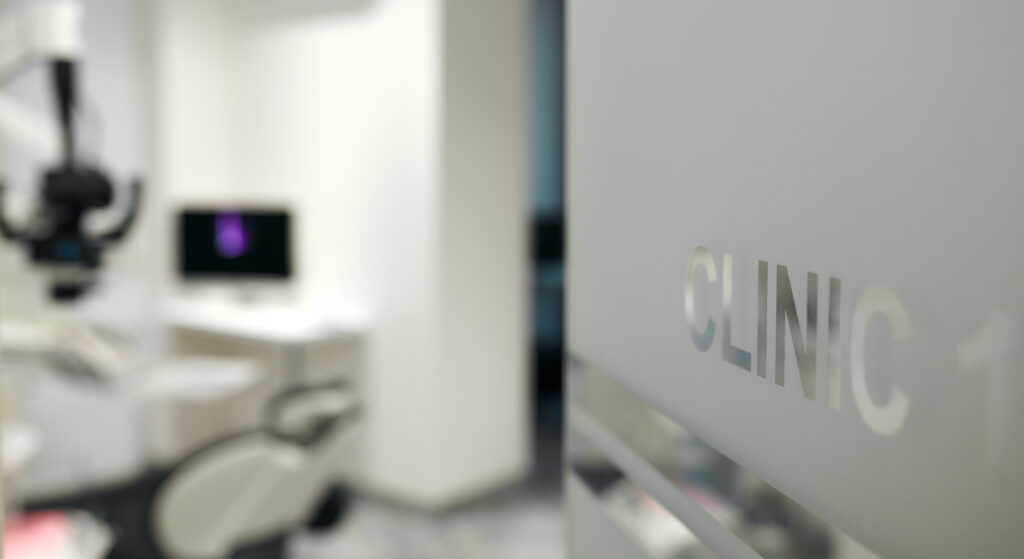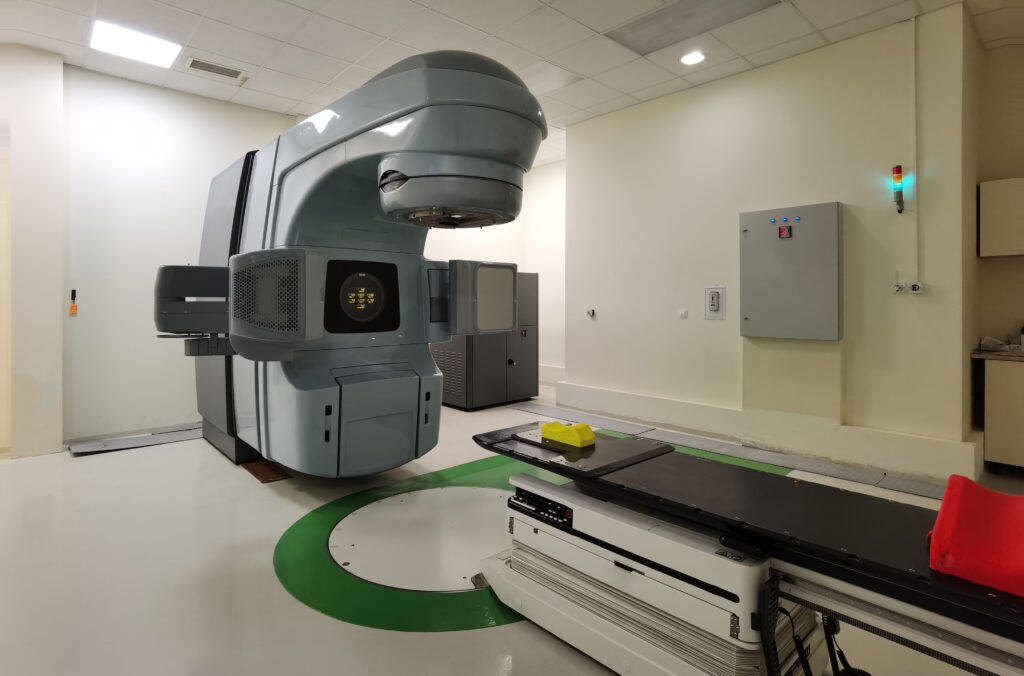
Ledderhose disease treatments
At Dupuytren’s UK, we specialise in the treatment of Ledderhose disease with radiotherapy. A simple, safe and non-invasive treatment using X-rays to improve the size of the lumps and reduce pain in the affected tissue. There are other options for you to consider when looking into treatments for the condition. The most common are:
- Steroid injections – steroid hormones are injected into the nodule in an effort to reduce the growth and limit pain, however, these injections can be painful and frequently ineffective
- Orthotics – special inserts you place into your shoes to reduce pain and pressure when bearing weight on the foot


